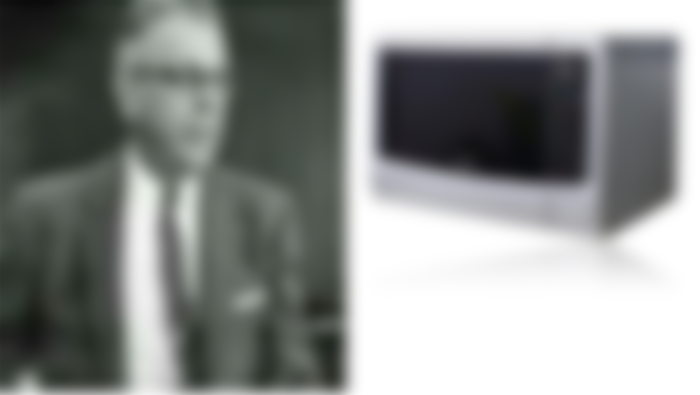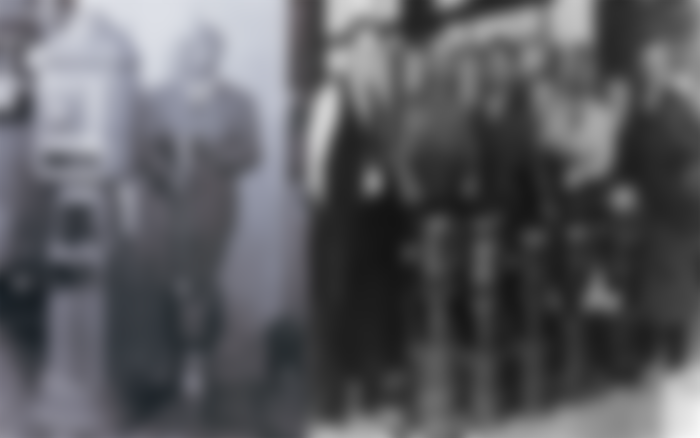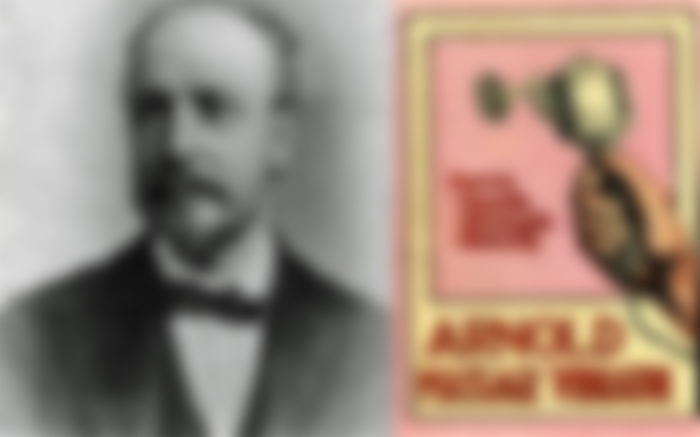The inventors are, we must admit, quite special people. Visionaries, curious people, people of restless spirit in search of something new, better, different. From the very beginning, people had various ideas, philosophies, beliefs, conducted experiments and research to bring myths closer to reality. Humans have studied various natural phenomena through science in order for the human race to thrive. These ingenious minds have been eagerly studying since childhood every phenomenon that has caught their attention. The enthusiasm, passion, dedication and effort they put into their work helped them discover something new about the world we live in. Today I remember some of them and their inventions, with a lot of pride !!
Thermometer:

Measuring temperature at the time of the corona is a morning ritual, like brushing and brushing your teeth. Whether someone had a fever was once determined by palpating the forehead, until the physician Santorio Santorio (1561 Koper - 1636 Venice) devised a glass tube filled with colored water whose level rose when a patient with a fever blew into it.
Santorio was a friend of Galileo Galilei. He was educated in Padua, and it is interesting that he lived for a time in present-day Croatia, from 1587 to 1599. Historical sources say that he made an anemometer in Croatia, an instrument for measuring wind strength and air velocity, and a device for water current measurement. At the time when he was teaching as a professor of medicine in Padua, he placed a measuring scale on a Galileo thermoscope in which the temperature changed the height of the air column. It was remembered that this was the first official thermometer which, in addition to measuring body temperature, was also used for meteorological measurements. The list of inventions also includes a hygrometer and a catheter.
Subsequently, Galileo Galilei’s students put mercury in the tube instead of colored water and divided the tube into degrees. For a time, the gradation method was used by Professor Carlo Renaldini, a mathematician at the University of Pisa, but from 1742 the method was used by the Swedish physicist and astronomer Anders Celsius (1701-1744), who set the freezing point as the basic point for measuring temperature. and boiling point of water at a pressure of 760 mm of mercury column. He marked the freezing point with zero and the boiling point with 100. The term Celsius degree was officially recognized in 1948 at the International Convention on Weights and Measures. And the thermometer is just one of the well-known items that we take for granted, and their invention and mass production often came with great personal sacrifices, sacrifices, financial breakdowns, and even loss of life.
Microwave:

As is already the case with a large number of inventions, the microwave oven was created by accident. At least that's what American Percy Lebaron Spencer (1894-1970) said, who tested wireless communication equipment and felt something gooey in his pocket. The chocolate bar he was carrying with him to satisfy his hunger melted, and that, as he later connected, was due to electromagnetic radiation. Rapid heating of food would not, of course, be possible without the discovery of microwaves which, to put it simply, pass through foods and heat them by acting on molecules, first and foremost water molecules. Spencer was preoccupied with wireless technology in the U.S. Navy. He specializes in radars. He worked for Raytheon, a company that collaborated with the U.S. military. Thanks to him, Raytheon was given the job of procuring radar for the Red Lab, as the laboratory at the prestigious MIT University was colloquially called. It was after the Manhattan Project, the work on the atomic bomb, the second most important science project in the United States in World War II. Sometime around that time, working to improve the magnetron, a high-power vacuum tube that creates coherent microwaves, Spencer felt melted chocolate in his pocket. He then placed corn kernels in front of the magnetron, which cracked into popcorn, and then repeated the experiment with an exploding egg. Spencer obtained a patent for his invention in October 1945, which Raytheon named Radarange. The first ovens weighed about 300 kilograms and cost as much as $ 5,000, and after 20 years of product development, the size, weight and price were appropriate for most households.
Jacuzzi:

Once a symbol of luxury in private apartments and houses, today it is available to a large number of people in 12 or 24 installments. Jacuzzi was named after the surname. The large Italian Jacuzzi family emigrated to the Promised Land in 1900. In Berkeley, California, they bought an engine room and founded Jacuzzi Brothers. Initially, they were engaged in the production of aircraft propellers, until in 1921 one of the brothers was killed in an accident. They switched to the production of hydraulic pumps for agriculture. Candido (1903-1986), one of the brothers, came up with the idea to help his 15-year-old son Kenny, who suffered from rheumatoid arthritis. Back then, the disease was treated in large bathtubs in hospitals and spas, so in 1949 Candido designed a pump that could be installed in a bathtub in their home. And so it arose when with nozzles that were initially used only for medical purposes, and later, thanks to good marketing, for relaxation after work.
Vibrator:

And finally, no matter how much you keep quiet about it, vibrators are objects that also, in their own way, make everyday life easier. Quizzers who attend pub quizzes often come across the question of what vibrators originally served. The answer is - to treat hysteria in women. In Victorian times, doctors associated hysteria, a term considered offensive today, with the female genitals (hystera is the ancient Greek word for uterus), and as a remedy they recommended a massage that would lead to orgasm, which they believed should cure the patient. Phallusoid forms have existed since ancient times, but the invention of the vibrator is attributed to the British physician Dr. Joseph Mortimer Granville (1833-1900). It is interesting that he did not imagine the vibrator as a means of treating hysteria, but as a means of massage, to relieve muscle pain, and for men. Some scientists claim that there is actually no reliable evidence that doctors have officially used vibrators to treat hysteria. Hamilton Beach of Racine patented the first vibrator in 1902, and a flyer from that time said, among other things, that it strengthens the nerves and the entire system, has a good effect on the complexion and scalp, and stimulates circulation naturally.




behind many of the things we take for granted today are very interesting stories of how they actually came into being and what reasons led people to make them.